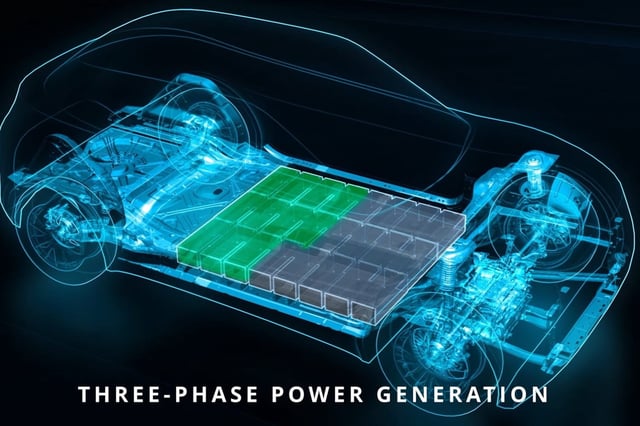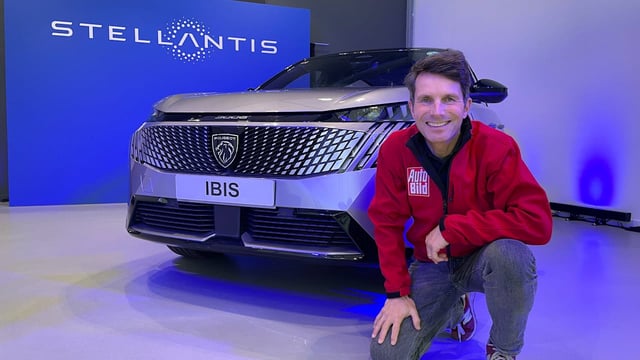Overview
- IBIS delivers AC for the motor and accepts AC/DC charging directly from the battery, eliminating separate high‑power inverter and on‑board charger hardware.
- Early company figures cite up to 10% WLTC efficiency gains, about 15% higher peak power (172 kW vs. 150 kW), roughly 40 kg weight saved and up to 17 liters of space freed, plus around 15% faster AC charging and 10% energy savings.
- Modules operate below approximately 60 volts and the pack sits near 20 volts when off, which Stellantis says simplifies workshop handling and improves fault tolerance and second‑life reuse.
- The pack synthesizes AC by rapidly reconfiguring cell connections via high‑power MOSFET switches; the test unit uses grouped six‑cell modules within a 288‑cell architecture.
- Stellantis, Saft and French research partners have moved from lab demos to on‑road validation, and similar embedded‑electronics concepts are being explored by Porsche Engineering and Pulsetrain.

